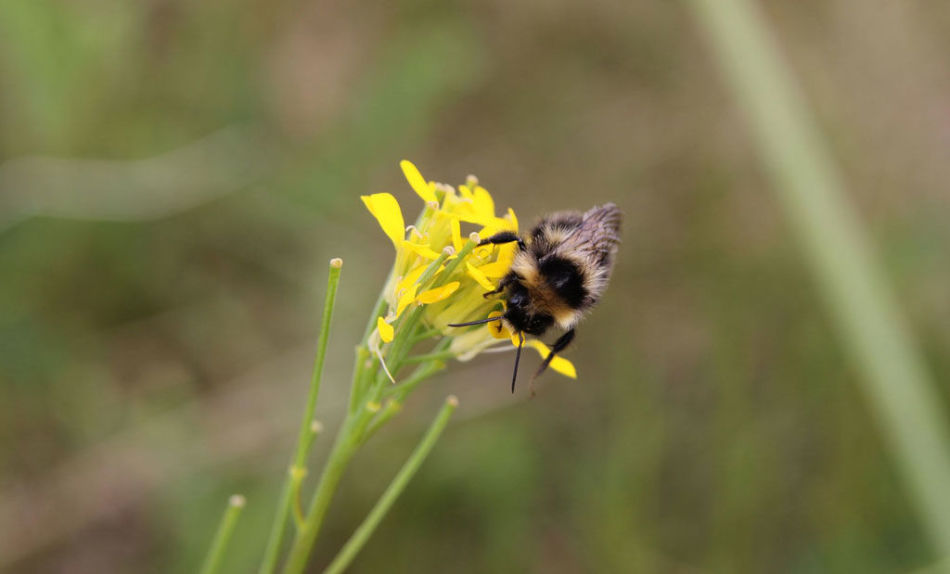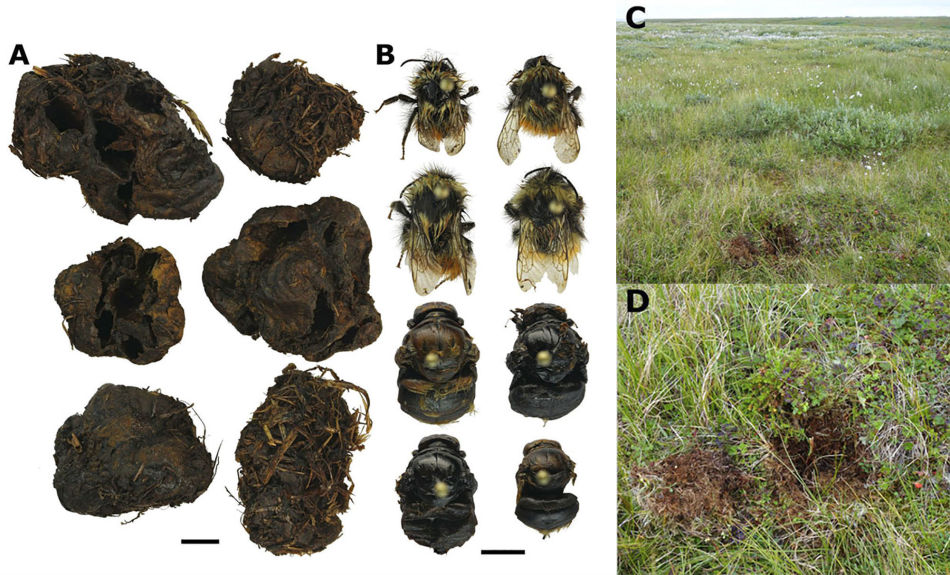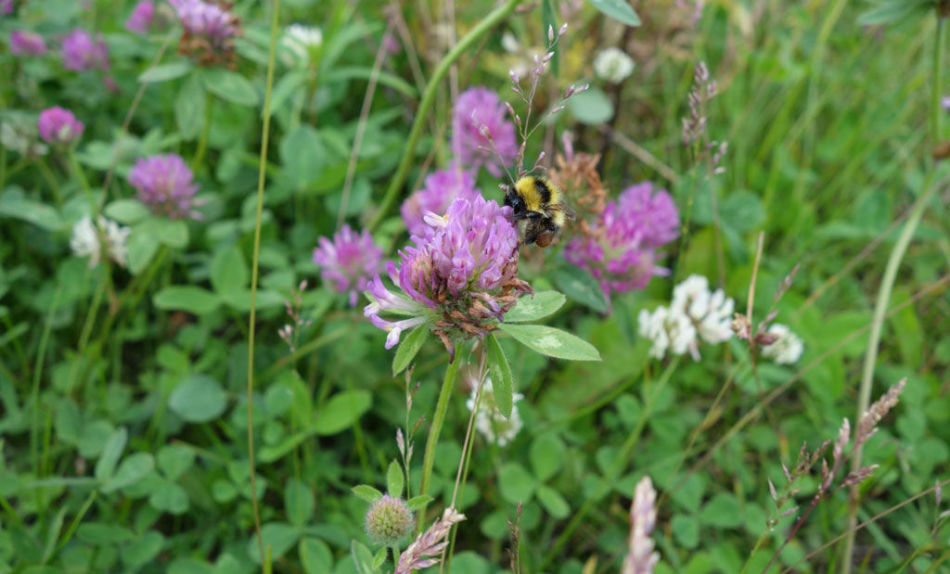Researchers discover five unusual bumblebee varieties on a Barents Sea island
Entomologists from Lavyorov Research Center discovered five bumblebee species on Kolguyev Island in the Barents Sea that are common on the mainland, but not on the islands.
They were able to trace the origins of these pollinators by carrying out molecular genetics research on materials collected over several expeditions in 2018-2022.

“We used the gene which encodes the first sub-unit in cytochrome-c-oxidase protein to understand where the bumblebee population on Kolguyev Island comes from. What we found was that this type of fauna developed relatively recently, in the period since the Ice Age. In all likelihood, just like Arctia tundrana, a butterfly, the bumblebees appeared on the island during the Holocene. In terms of their genetic markers, these varieties differ little from the Scandinavian and West Siberian populations. This is a young island, as far as geology is concerned – it formed several thousand years ago. Before that, it was part of the continent. It could well be that some species have been living there since that time. Other species came later as part of a migratory process,” Grigory Potapov, head of the research team and Chief Research Fellow at Lavyorov Center’s Sub-Arctic Forest Ecosystem Laboratory, pointed out.

Researchers from the center noted that bumblebees can cover long distances as they migrate: The Pomorsky Narrows, which runs between Kolguyev Island and the mainland, is about 70 kilometers wide. However, insects can cover this distance. We have data that females in some bumblebee varieties can fly from the Netherlands all the way to the British Isles, which is about 475 kilometers.”

Interestingly, the bumblebees in the Arctic often use abandoned lemming holes to build their nests. However, there are basically no rodents on Kolguyev Island which makes life harder for these pollinators.
“The lemmings and the field voles play a very big role in the bumblebee’s lifecycle, but for some reason there are almost no rodents on Kolguyev Islands, which is puzzling since everything suggest that they should be on the island. This makes the environment more challenging for the pollinator insects. The Arctic bumblebees like using holes abandoned by lemmings, since these rodents bring moss to create a warm and comfortable refuge. There is a clear pattern: the more lemmings and the more holes they leave behind, the more bumblebees. On Kolguyev Island, bumblebees often nest in river valleys with cliffs and in hummocks. It was in a hummock that we discovered one of the nests built by Bombus lapponicus,” FECIAR UrB RAS Director, Correspondent Member of the Russian Academy of Sciences Ivan Bolotov said.
But why is this so important? In polar altitudes, there are practically no pollinators for flowering plants other than the bumblebees. Bees account for a relatively small share of pollinators in the Arctic, and the higher up north you go, the fewer the bees. For this reason, cloudberry, cranberry, cowberry and blueberry yields depend directly on the bumblebee population.
Researchers from the Lavyorov Center also noted that the Arctic bumblebee species responded to changes in the climate and weather. For example, summer frosts kill insects, which in turn affects wild-growing plants.